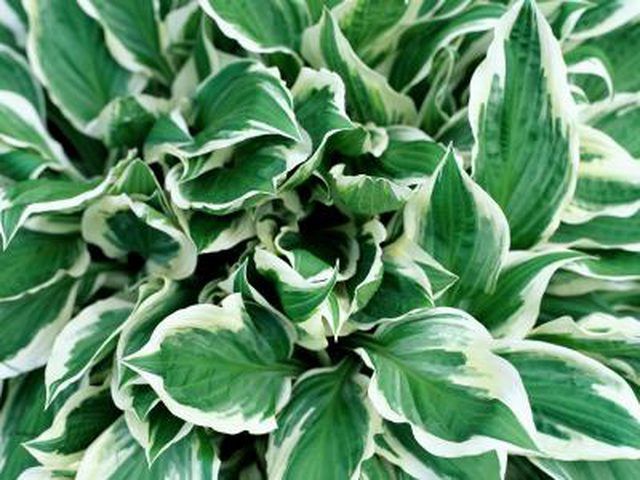Bulbs
Flower Basics
Flower Beds & Specialty Gardens
Flower Garden
Garden Furniture
Garden Gnomes
Garden Seeds
Garden Sheds
Garden Statues
Garden Tools & Supplies
Gardening Basics
Green & Organic
Groundcovers & Vines
Growing Annuals
Growing Basil
Growing Beans
Growing Berries
Growing Blueberries
Growing Cactus
Growing Corn
Growing Cotton
Growing Edibles
Growing Flowers
Growing Garlic
Growing Grapes
Growing Grass
Growing Herbs
Growing Jasmine
Growing Mint
Growing Mushrooms
Orchids
Growing Peanuts
Growing Perennials
Growing Plants
Growing Rosemary
Growing Roses
Growing Strawberries
Growing Sunflowers
Growing Thyme
Growing Tomatoes
Growing Tulips
Growing Vegetables
Herb Basics
Herb Garden
Indoor Growing
Landscaping Basics
Landscaping Patios
Landscaping Plants
Landscaping Shrubs
Landscaping Trees
Landscaping Walks & Pathways
Lawn Basics
Lawn Maintenance
Lawn Mowers
Lawn Ornaments
Lawn Planting
Lawn Tools
Outdoor Growing
Overall Landscape Planning
Pests, Weeds & Problems
Plant Basics
Rock Garden
Rose Garden
Shrubs
Soil
Specialty Gardens
Trees
Vegetable Garden
Yard Maintenance
How to Prevent Holes in Hosta
How to Prevent Holes in Hosta. Shade-loving hostas (Hosta spp.) produce their signature foliage in various colors, patterns, sizes and textures. These plants do best in the cooler climates of U.S. Department of Agriculture plant hardiness zones 3 through 8. Slugs are the usual culprits for holes chewed in hosta leaves, although other pests or...

Shade-loving hostas (Hosta spp.) produce their signature foliage in various colors, patterns, sizes and textures. These plants do best in the cooler climates of U.S. Department of Agriculture plant hardiness zones 3 through 8. Slugs are the usual culprits for holes chewed in hosta leaves, although other pests or factors can also cause this damage. Providing the hostas with good care and following excellent sanitation practices around the hostas will help to prevent or minimize the appearance of holes in the hosta leaves.
Things You'll Need
Flashlight
Bucket
Soap
Diatomaceous earth
Fabric sheet
Sticks, stakes or boards
Space plants well at planting or transplant or divide hostas so that there is good air circulation around the hosta foliage. Crowded hostas that are constantly damp are prone to fungal problems like anthracnose. Anthracnose appears as white to tan leaf spots with a dark border that often lose their center before the entire leaf develops a torn or tattered appearance.
Keep debris, like excessive mulch, leaf litter, boards, stones and bricks, away from the hostas and thin out any dense ground cover plants near the hostas. Slugs feed on hostas at night and need a damp environment to hide in during the day. Holes caused by slugs are irregular but have a smooth edge. Cutworms chew long, oval holes between hosta leaf veins.
Inspect the hosta plants and surrounding area at night with a flashlight, looking for slugs and cutworms. Pick off any pests you find and drown them in a bucket of soapy water.
Sprinkle diatomaceous earth over the ground around the hostas. Reapply this material regularly and after each rainfall to ensure it remains effective. Diatomaceous earth will scratch the outer or protective layer of slugs and other pests, causing the pests to dry out and die.
Drape a fabric sheet or similar material over the hostas whenever hail or out-of-season frosts are expected. Prop the cloth up with sticks, stakes or boards, so it is not directly in contact with the hosta. Hail damage to hosta leaves appears as holes with jagged edges and an overall torn or tattered appearance.